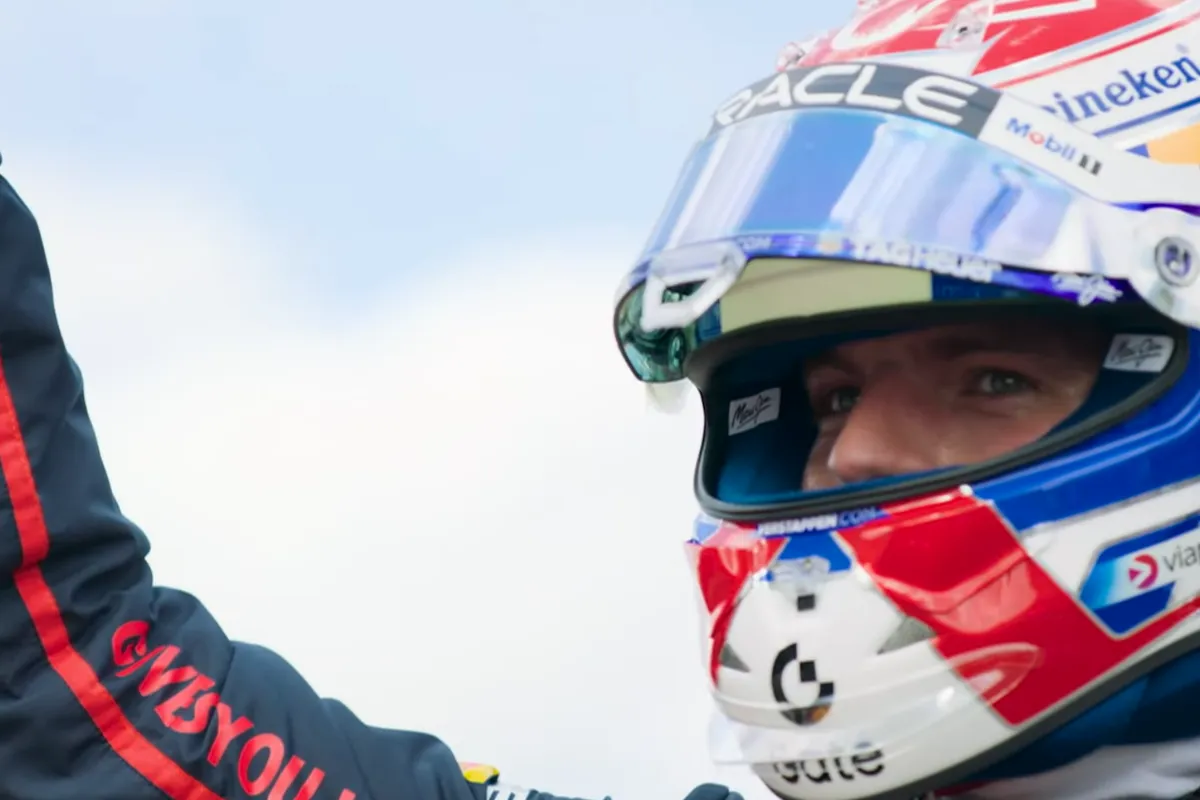The sprint US Grand Prix 2025 served up drama from lights out to the final flag. Max Verstappen converted pole into victory after a chaotic first lap that saw both McLaren title contenders retired from the short race. The result reshapes momentum ahead of the main event and gives fans plenty to talk about as the weekend unfolds at the Circuit of The Americas.
Verstappen crossed the line first, with George Russell coming home second and Carlos Sainz completing the podium. The sprint was brought to life by a heavy opening lap incident that eliminated Lando Norris and Oscar Piastri, triggering the safety car and altering many teams strategy plans. The win tightened the championship picture and handed Verstappen valuable points as the battle for the title heats up. Reuters
Sprint US Grand Prix highlights
The first lap incident was the headline moment. Contact in the pack left both McLarens out of the sprint and forced a safety car that neutralised much of the remaining 19 lap contest. Once racing resumed, Verstappen controlled pace expertly and kept pressure from Russell at bay. Sainz produced a strong recovery drive to claim third, while Ferrari and Mercedes both recovered points in tough conditions. The sprint finished under caution after a late collision further compressed the field.
Beyond the headline crash, there were notable performances from midfield drivers who took advantage of the clean air and situation to score important positions. Penalties were issued post race that affected final placings, so the official classification reflected both on track action and steward decisions.
Technical perspective
The sprint US Grand Prix 2025 underlined how technical choices matter even in a short race. The Circuit of The Americas demands a balanced set up that combines low drag for the long back straight with high downforce for the complex first sector and the final technical section. Teams that struck that compromise best were rewarded with strong top speeds and stable cornering.
Brake cooling was a constant talking point. Heavy repeated braking into Turns 11 and 12 means teams must choose duct settings that protect brakes without costing too much top speed on the straights. In a sprint, teams sometimes favour more aggressive cooling because there is no long stint to manage. That choice paid off for those who avoided fade after multiple hard braking zones.
Energy recovery systems also shaped the sprint. The long full throttle stretches allow drivers to deploy ERS to gain extra top speed for overtakes or to defend on the run to Turn 12. Effective ERS management was visible in the closing laps when drivers used their stored energy to hold position against attacks.
Tyre warm up and short term degradation were decisive. The sprint is a sprint in the truest sense so teams ran soft compounds and focused on getting tyres into the ideal temperature window for a flying lap or the opening laps. A poor warm up or being stuck in traffic at the wrong moment cost several drivers precious tenths.
Strategy lessons from the sprint US Grand Prix 2025
The sprint format reduces the role of pit stops and increases the importance of the start and first few laps. Clean launches and quick situational awareness in the pack became the main strategic levers. The first lap wreckage proved that in an instant a potential weekend haul can evaporate.
Teams also used the sprint to test aggressive set up choices for the main race. Some teams ran slightly different balance settings between their two cars to see which approach worked better. Those data points will feed into decisions ahead of the main qualifying and Sunday’s grand prix.
What this means for qualifying and the main race
The next important session for fans is the main qualifying which sets the grid for Sunday’s race. That session will take place on Saturday afternoon local time at Circuit of The Americas. Broadcast partners provide live coverage around the world and viewers can stream qualifying via F1 TV where available or watch on regional broadcasters such as ESPN and Sky Sports F1 depending on territory. Check local listings for exact channel and stream times. The main qualifying will be crucial because the sprint result does not fully determine the Sunday grid if race stewards or penalties modify starting positions. Formula 1
Teams and drivers will use the short time between the sprint and qualifying to analyse tyre behaviour, adjust brake ducting and tweak ERS deployment maps. Expect engineers to prioritise clean one lap performance for qualifying while retaining a plan to preserve tyre life for the main race.
Key takeaways for fans
The sprint US Grand Prix 2025 showed just how quickly fortunes can change in modern F1. Verstappen made no mistake and claimed maximum sprint advantage. Russell and Sainz salvaged strong results and will carry momentum into qualifying. McLaren suffered a weekend setback with both cars out of the sprint, which reshuffles expectations for the title battle.
For fans planning to watch qualifying and the grand prix, tune into coverage early to catch the technical build up and pre session analysis. If you are attending in Austin, expect busy access points and packed fan zones. The energy in the stands adds to the drama of every overtaking attempt and strategy call.

